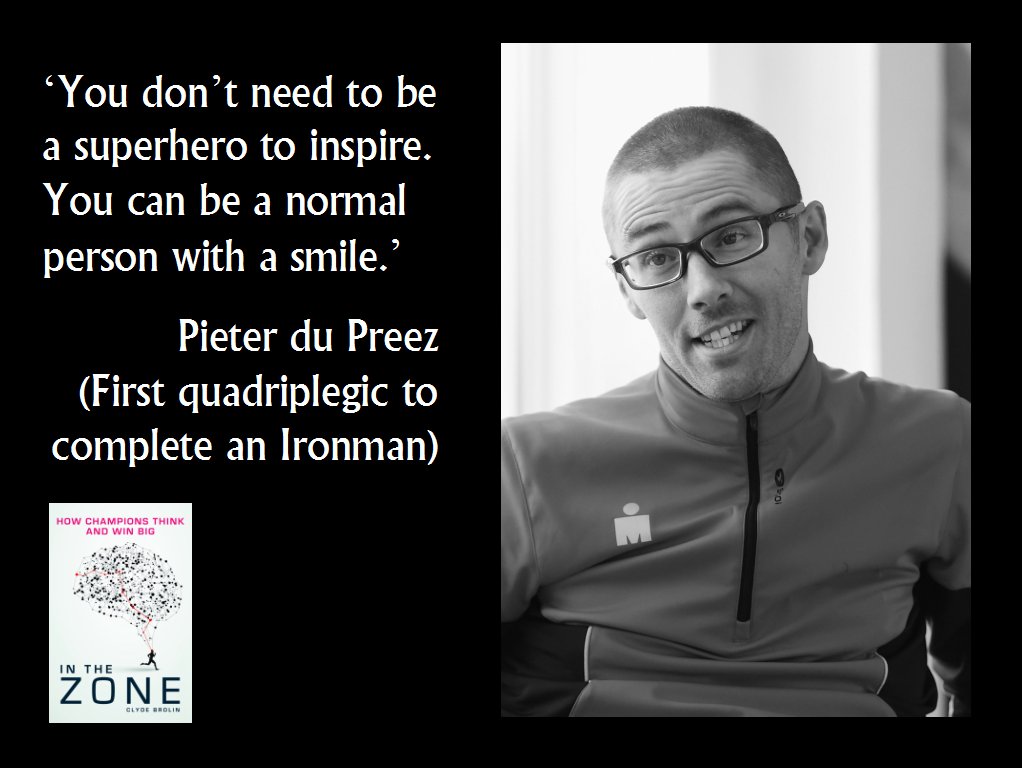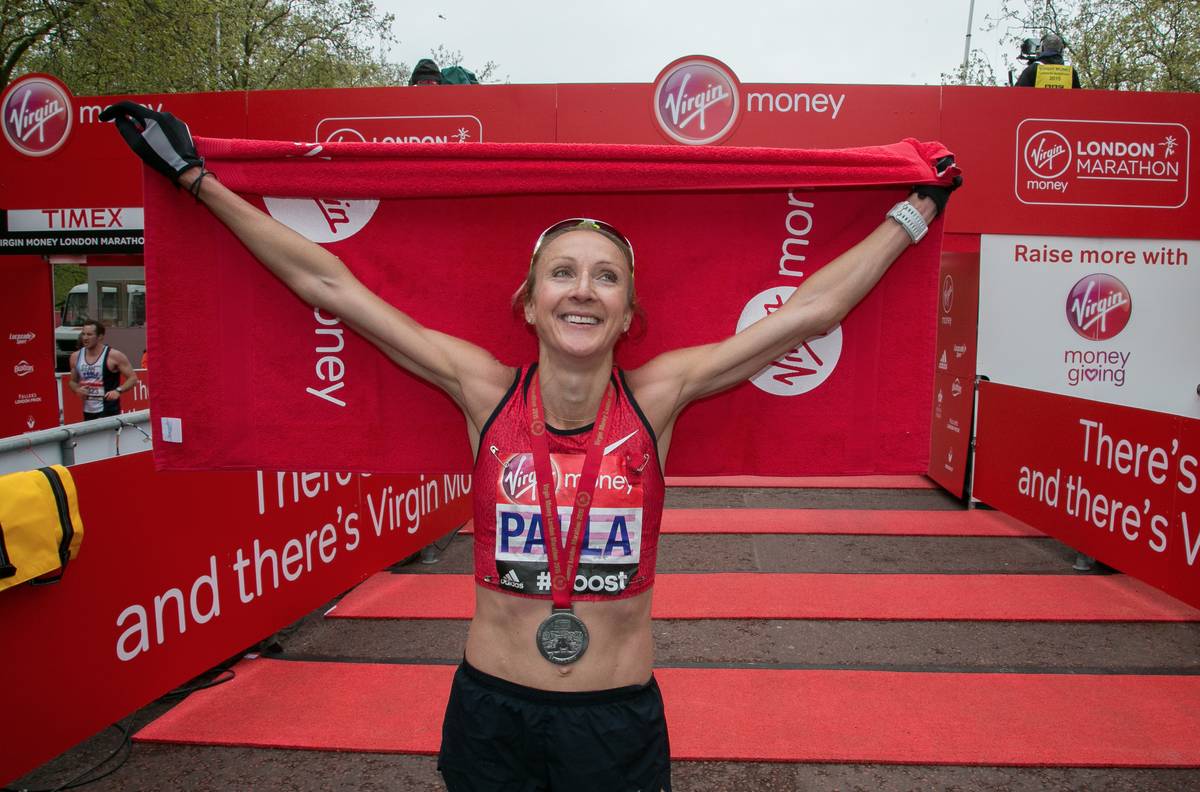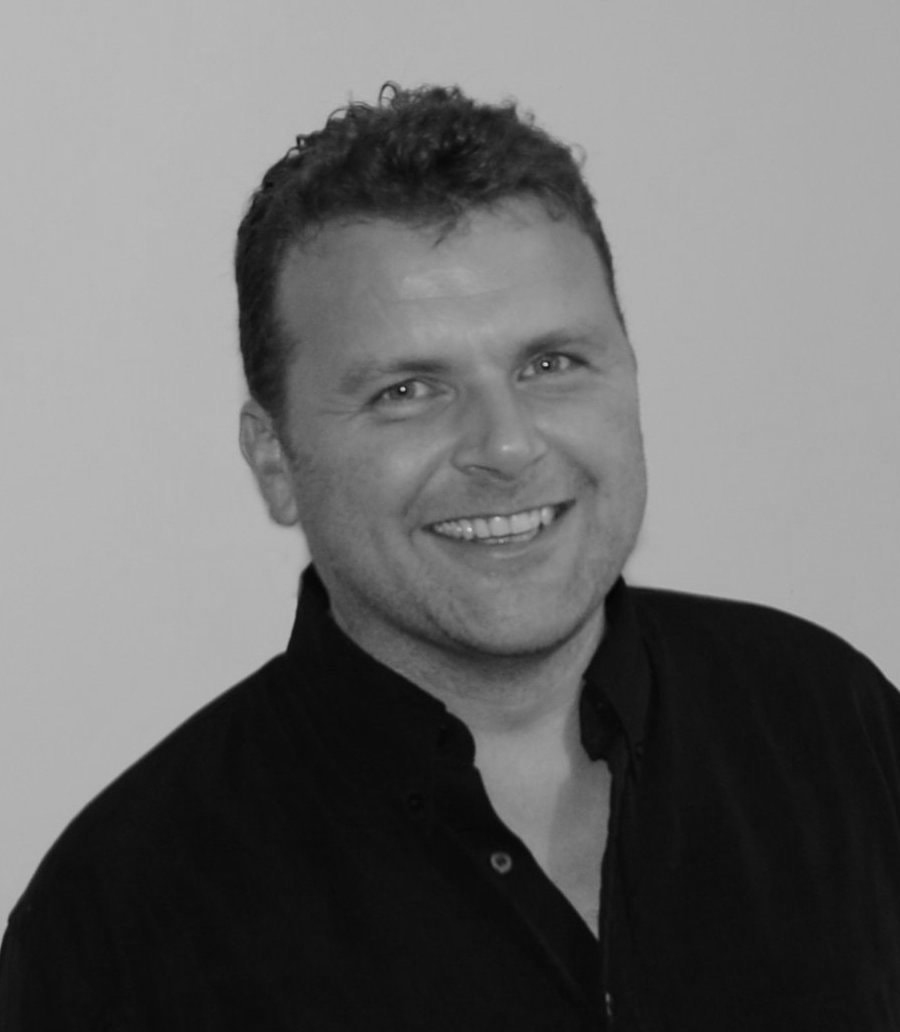|
Of all the interviews I collected for In The Zone from hundreds of world class sportsmen, the above quote from South Africa’s Pieter du Preez was honestly not the one I expected to go out of date.
Du Preez was an aspiring triathlete competing for South Africa at Under-23 level – until he was hit by a car while cycling in 2003. The crash broke his neck and left him paralysed from the chest down. But what he has achieved since is nothing short of sensational. Because du Preez has no finger movement, when he first tried getting dressed it took him 15 minutes to put on a single sock. That’s when the ‘can-do’ instincts of life in sport kicked in, and he began setting himself unrealistic challenges in his quest for a regular life. He started timing himself every day, aiming for an ‘impossible’ world record time of seven minutes to get fully dressed. At first he would stop after 15 minutes and let others help, but after several months of effort he eventually made it to the magical seven-minute mark. His current record? Two minutes 41 seconds. Then, once he had started to conquer everyday life, why stop there? The unfeasible idea soon hit: to be the first quadriplegic to do an Ironman. He tells the story in the book, and I’d urge anyone to dig it up because Pieter Du Preez is one of the most beautiful spirits it has ever been my joy to meet. But it was what he said about the rest of us that brought tears to my eyes – because it sums up everything I’ve been trying to achieve with my writing. ‘It’s important to realise we all have the power to inspire, able-bodied or not,’ he insists. ‘Everyone tells me how inspirational I am but they don’t realise how much they inspire and motivate me by coming up and telling me that. So we all have that power. ‘People think they need to be a world champion to inspire when it’s really about being nice to the person at the supermarket till. Everyone’s tired and in a hurry but for that moment you give them a smile. You may not think it’s inspiration but it changes their day. Being nice to people is a simple thing. So you don’t need to be a superhero to inspire. You can be a normal person with a smile…’ Or at least we could. Somehow we’ve been persuaded that we should now cover our faces in public, and with it any hope of offering this most powerful kind of inspiration to others. I don’t care how much fear has been rammed down our throats over the past few months, it’s nothing compared to the fear I have of the damage this will do. If this doesn’t cause you any anxiety, it should. And if it does, fear no more. You are officially exempt from the madness. For all our sakes, please take off the damned mask... Time to smile again.
0 Comments
Known by the enchanting title of the ‘man-killer’, the 400 metre hurdles is one of the most brutal disciplines in track and field, requiring a mix of raw speed, endurance and technical ability. Yet one man found a way to dominate the event so completely in the Seventies and Eighties, he went on a run of 122 straight wins against the (next) best in the world. For nine years, nine months and nine days, he killed off the man-killer. His name was Edwin Moses. Far from your ‘average’ champion, Moses started off as an engineer, earning a degree in physics. The American made his 400m hurdles debut only months before he took Olympic gold at Montreal in 1976 with a new world record. Even then he didn’t focus on athletics full-time, coupling his work in aerospace with a punishing regime – up to eight hours of training before his working day even began. Moses made the most of his scientific knowledge, becoming a pioneer in applying the field of biodynamics as he sought every possible sporting improvement. Back when computers had just 16K of memory he used them to measure everything from respiration to heartbeat patterns. He developed a pattern of 13 strides (of 9 feet 9 inches each) between each hurdle for the whole race while his rivals could only keep that up for half the lap. I was so intrigued that I was soon chasing Moses myself – round Asia, South America and Europe – in a bid to hear more. Some people really are worth the effort. It turns out the secret to his run of glory was not in his body or his legs. When I asked if he had been ahead of his competitors on a mental level, he nodded. What he said next made my heart hurdle several beats. ‘I lived in the Zone,’ says Moses. ‘It’s more than just trying to get there for a race or a day, it’s a state of mind. Your whole life is in the Zone, everything that you do. All the time…’ The Zone is typically associated with the peak experience, a brief moment of magic where everything goes perfectly, often under the most extreme pressure. The idea of making a home at that level seems less human and more, well, Jedi. Then you start to assess the full extent of what Moses has achieved both on and off the track – as long-time chairman of the Laureus World Sports Academy global charity foundation – and it all starts to fit. Check out In The Zone for a fuller explanation of what makes a man like this tick. But even a Zone lifer gets to peak. Ahead of his home Olympic final at Los Angeles on August 5th 1984, an enduring image saw Moses lying next to his blocks as his rivals contemplated the silver that would be the limit of their ambitions. Yet even the laid-back American was taken aback by what went through his mind as he raced, as I discovered when I asked if he’d experienced any surreal Senna-esque sensations. ‘I had something similar in the Los Angeles final,’ reveals Moses. ‘There were almost 100,000 people and it was very, very loud. I’ve never heard that kind of screaming. Because there were Americans running at home, when the gun went off they just went crazy. But after the third hurdle all of a sudden everything went quiet. I could hear the footsteps of the guys on the track behind me above all the crowd noise. All that just went away and amongst it all I could hear guys taking hurdles, I could hear their step patterns and everything. I could hear every one of them when they took off and every one of them when they came back down on the ground. ‘Then around the eighth hurdle I said, “There’s no more point worrying about what’s behind.” You look at the next three hurdles and just make sure you don’t trip up over those. I took the last hurdle real high. I didn’t take a chance or do anything I would normally do in a race. I made sure I went over it. I jumped up into the air and came down. They even closed me down by half a metre but by then it was too late. When I hit the ground after that I felt there was not much that could stop me except someone running out on the track. When I crossed the line the first thing was relief, the elation came later. That was my experience. I’ve never had anything else happen like that but it happened that day.’ Check out the video below for a sense of the noise Moses filtered out en route to his most treasured triumph of all… Given the pre-eminence of Kenyan and Ethiopian distance runners over the past 50 years, it still comes as a surprise that the all-time queen of the road is British.
Paula Radcliffe started running at the age of seven but she had her epiphany as an 11-year-old when she came to watch her father race at the 1985 London Marathon. That day Ingrid Kristiansen set a new world best time (2h 21m 06s, a mark that stood for 13 years) and the young Paula was instantly struck by the Norwegian’s power and fluidity as she saw off all but the very fastest men. ‘That London Marathon was a big inspiration for me,’ says Radcliffe. ‘First it was that smell of Deep Heat on the start at Blackheath. But when Ingrid came past that day, she was right in there not far behind the winning men. To see a woman that far up… I didn’t really have a lot of barriers in my head at 11 anyway but it broke down any barriers that remained.’ Thanks to asthma and anaemia Paula’s dream must nonetheless have seemed distant, yet such was her drive she was crowned World Junior Cross Country champion in 1992. Then within two years disaster struck as a doctor told her she would never run again due to a stress fracture to her left foot: ‘I remember coming home in tears and my Dad saying, “What’s the big deal? Loads of people go through life and they don’t run.” But I said I’m not “loads of people”, I’ve got lots of things I want to do. It has to get better. And it did.’ Radcliffe duly embarked on a meticulous training regime that strengthened the muscle in her head as much as those in her legs. Further cross country titles followed but she always seemed destined to be the ‘nearly woman’ of track racing because she lacked a kick over the final lap. Then it was time for her true destiny to kick in… At her very first marathon at London in 2002 Paula set a world’s best for a women’s only race. Later that year she became the first woman to run under 2h 18m in Chicago but even that didn’t sate her appetite. At the 2003 London Marathon she used two Kenyan male pacemakers to take the record to the next level. Her 2h 15m 25s is a time so far out of reach of anyone else before or since – over a minute and a half – it could last for decades more. ‘The attraction and challenge of the marathon for so many people is that it’s you against the distance, against your body, against hitting the wall,’ smiles Radcliffe. ‘That’s the way I always like to run anyway, I never looked at split times too much, I just ran hard and strong. It’s only later you realise how much “in the Zone” you were and how much you ask your body and it delivers. You just trust it’s going to be there because it has been there in the training. It’s that “not fear” that you won’t be able maintain the pace or finish, you just trust you will be able to. ‘I don’t think I had more talent than anybody else. There are people around now who have more talent. I just had this stubbornness and a way of wanting to run as hard as I could; even if I had the race won, I wanted to see how fast I could go. So it was this mindset, combined with the luck that my body could withstand the amount of training it did in 2002 and 2003. It enabled me to get into really good shape and attack it.’ Radcliffe may not obsess about split times but when you spend your life at the front of a marathon with a camera truck ahead of you it’s unavoidable, notably for her historic run in London. The first lesson of marathon running is to stick to the same pace all the way round. The Englishwoman’s average mile rate from her Chicago record was 5m 13s, so she could tell if she was up from the split times flashing up. Alarmingly the third mile in London was below the five-minute mark, which she worried was far too fast. To most mortals yes, but Paula was on fire. ‘It was definitely close to a perfect day,’ says Radcliffe. ‘The preparation had gone really well; the only real hiccup was when I had an accident with a little girl on a bike who knocked me over a few weeks before. I spent a couple of weeks trying to get over the dislocated jaw and whiplash from that. But by that point most of the training was already in the bank. On race day conditions were good and I felt good. ‘Even so I did think I would go quicker afterwards but it never happened. I was in slightly better shape in training in 2004 but by the competition I got injured. That shows in the marathon you need to seize the opportunity. You put so much into the training cycle and so often that risk doesn’t pay off: conditions aren’t right on the day or you get a blister or an upset stomach and you can’t capitalise on everything. That’s why that day in London I felt it was really important just to keep running as hard as I could so the record had a chance of standing for as long as possible.’ The pain was worth it. 16 years and counting… |
AuthorClyde Brolin spent over a decade working in F1 before moving on to the wider world of sport - all in a bid to discover the untapped power of the human mind. Archives
October 2024
Categories
All
|





 RSS Feed
RSS Feed

